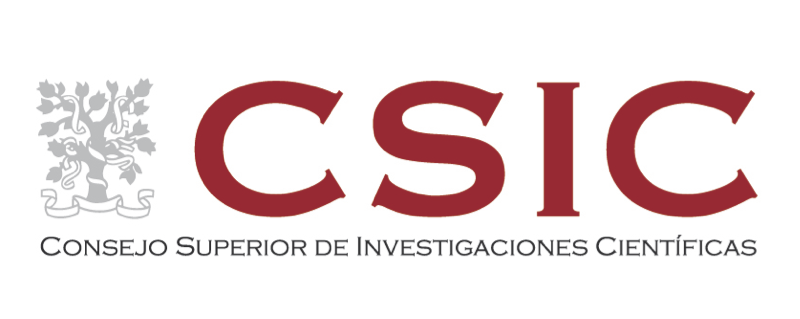Analytical and Bioanalytical Chemistry, vol. 411, nº 28, pags. 7461 - 7472 (2019)
Article preview
Five commercial ionic liquid (IL) columns have been evaluated for the first time for the gas chromatography-mass spectrometry (GC-MS) analysis of low molecular weight carbohydrate (LMWC) standards (mono-, di-, and trisaccharides, inositols, and iminosugars). A previous derivatization step was necessary to convert the LMWCs into their volatile and stable derivatives. Compared with conventional GC stationary phases, such as HP-1 and Supelcowax® 10, IL columns have shown a different selectivity in the separation of target compounds. Among the IL columns, only SLB™-IL82 allowed the elution of all the LMWCs studied. Its performance in terms of peak width and asymmetry, evaluated under different oven temperature conditions, was shown to be dependent on the carbohydrate class considered. As an example of application, a SLB™-IL82 column was successfully used to separate the complex mixtures of LMWCs in hyacinth and mulberry extracts. This column is an interesting alternative to the conventional stationary phases used in the GC analysis of LMWCs in real-world samples. [Figure not available: see fulltext.]. © 2019, Springer-Verlag GmbH Germany, part of Springer Nature.




